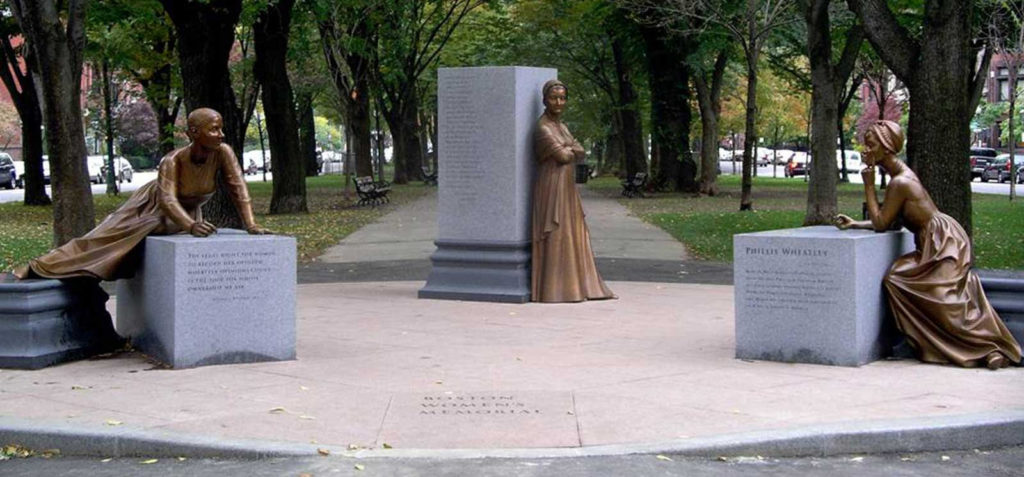
Boston has long been a hub for women writers, thinkers, and activists. The city saw poet Phillis Wheatley writing in the Revolutionary period, and later was home to abolitionists and suffragettes alike, including Louisa May Alcott, Julia Ward Howe, Susan Paul, Maria Stewart, and Lucy Stone. Boston’s women writers were by turns book designers, critics, editors, publishers, reporters, and transcendentalists. They confronted and broke barriers in higher education, studying at Smith (Sylvia Plath), Mount Holyoke (Lucy Stone, the first woman in Massachusetts to earn a bachelor’s degree), and in Harvard’s library (Margaret Fuller, the first woman in history to do so). Paving the way for future generations of writers and thinkers, they raised their voices in support of positive social change, justice, and one another. Witness and participate in their stories by visiting the sites below.